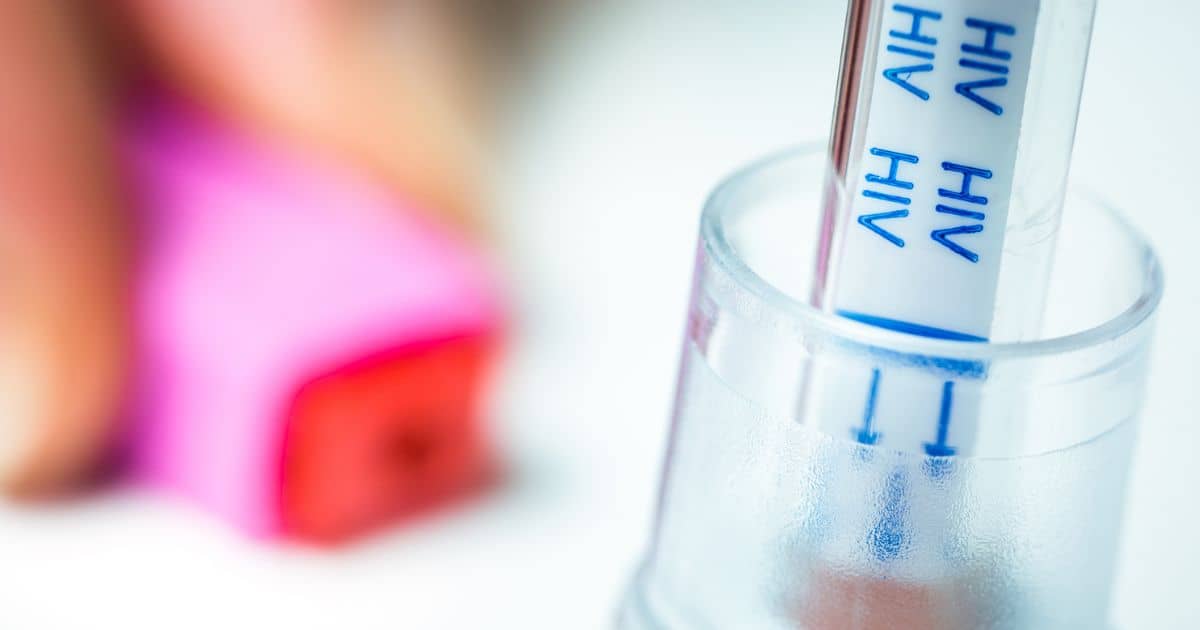Scientific advances make so many things easier and a lot more accessible. Testing for sexually transmitted diseases (STDs) is one of those things. Through the decades, STD screening panels have become much more reliable and we’ve started getting results faster than ever before. The newest development in this field comes in the form of at-home STD tests. But are these any good? Should you give them a try? To find the answers, you need to understand how these tests work, as well as their strengths and weaknesses.
What Are At-Home STD Tests
As the name suggests, these screening kits are designed for use by amateurs and in home settings. This method of operation is the one that produces all of the strengths and the risks linked to at-home testing kits (more on that later).
Various companies manufacture at-home STD tests and they can be used to determine if you’re positive or negative for a number of conditions. Currently, the market features DIY screening kits for gonorrhoea, chlamydia, hepatitis C, HIV, syphilis, trichomoniasis, mycoplasma, ureaplasma and several other conditions. A number of tests also deliver combined screening options that can be used to find your status for various conditions at the same time.
Depending on the type of test you’re doing, you’ll have to provide a sample that will be screened for pathogens or antibodies. Samples most often include blood, urine, vaginal and anal swabs.
These kits work in different ways. In some instances, you’ll get immediate results by applying the sample to the test strip. In some parts of the world, you can collect a sample yourself and send it confidentially to a lab. The test is performed there and you receive the results. The biggest benefit of this approach is that you don’t have to visit the lab yourself and get tested by an actual person.
The Benefits of At-Home Testing Kits
It’s very easy to determine the biggest advantage of getting screened for sexually transmitted infections at home.
In many parts of the world, there is still a lot of stigma in terms of sexual health and getting an STD. Singapore is one of these countries. The shame linked to potentially having a sexually transmitted infection keeps many people from actually getting tested.
With a DIY kit, you can complete the entire procedure discreetly at home. Nobody will know what’s going on and you’ll enjoy peace of mind by knowing your status. This is probably the biggest reason why DIY tests have become so prominent.
We live at a time when STD rates are climbing – many countries have registered a record number of new cases.
At-home kits provide knowledge that could potentially slow down the spread of STDs. After all, getting tested in some way is much better than not getting tested at all. This is especially true for the individuals who are responsible and who get tested at least a few times per year (especially important for anyone who is sexually active).
There are a few additional benefits worth mentioning. DIY STD tests are very affordable. Most of the time, you’ll need to follow a few simple steps in order to collect a sample and get a result. It’s also important to point out that some people may have limited access to health services (because of their social standing or their location). In such instances, at-home screening kits deliver a viable alternative.
Cons and Limitations
While DIY STD screening is definitely convenient, it comes with a number of important drawbacks.
The first one stems from the way in which the test is performed.
Unless you’re a trained healthcare professional, there will always be a risk of committing serious mistakes when collecting a sample and performing the test itself. A failure to collect the sample exactly the way you’re supposed to can impact the outcome of the test. The most common outcome of such a mistake is a false negative that produces a dangerous sense of relief.
Most tests for chlamydia and gonorrhoea will require a swab. Getting an adequate swab on your own is not an easy task and most clinicians warn about the risks linked to such an approach. If you get a false negative, you’re not going to treat an STD that you have. As a result, the risk of complications becomes much higher because many STDs are asymptomatic until they cause serious damage.
The accuracy of at-home STD tests depends on many things. These screening kits aren’t created equal. Some are more sensitive than others. Some are easier to administer. If you don’t have a choice of several brands, you’ll be stuck with whatever’s available on the market. Sometimes, that option is not going to be good or reliable enough.
Final Verdict
If you want to get 100 per cent accurate results and peace of mind, visiting a sexual health clinic is the best way to go.
Facilities like Shim Clinic provide effortless and fully confidential consultations, as well as screening opportunities for most common STDs. The tests are administered by trained professionals and you’ll get fast results you can count on.
Visit us during working hours every day of the week or contact Shim Clinic now to have your most pressing questions about STD testing answered.

